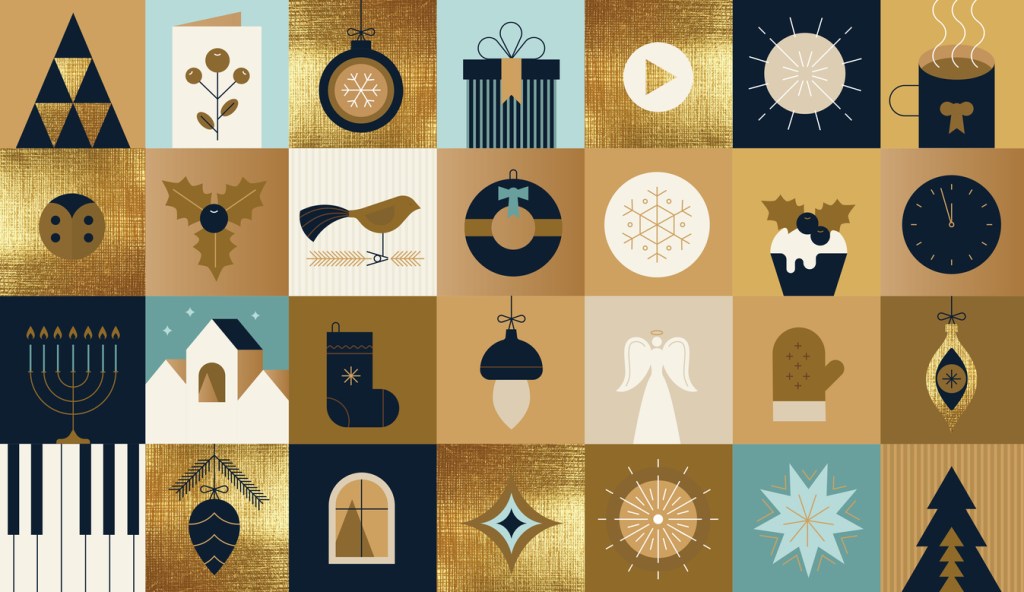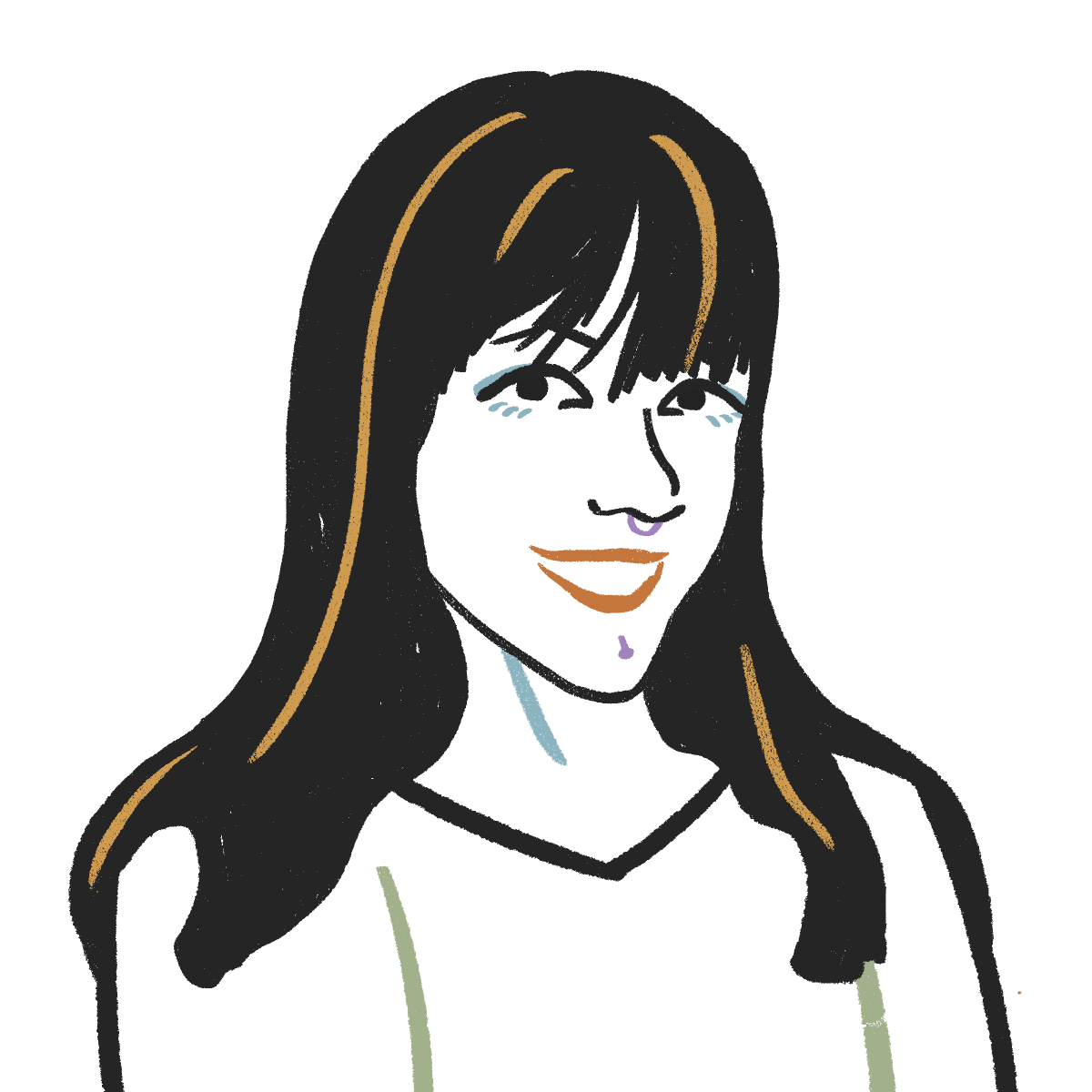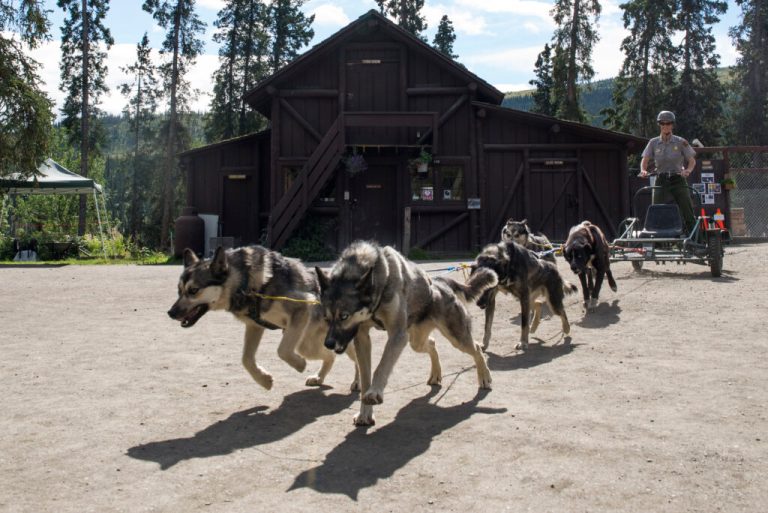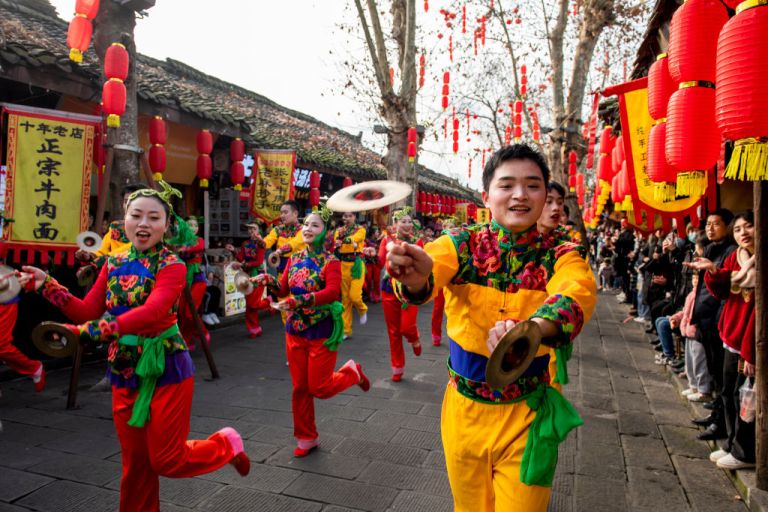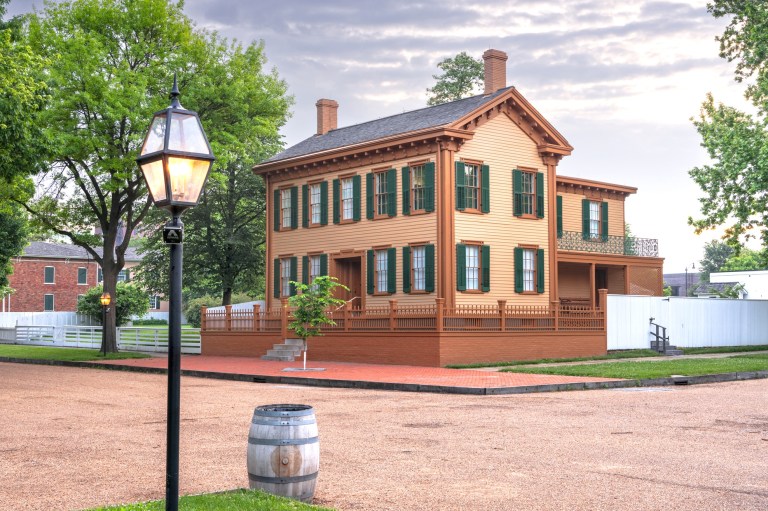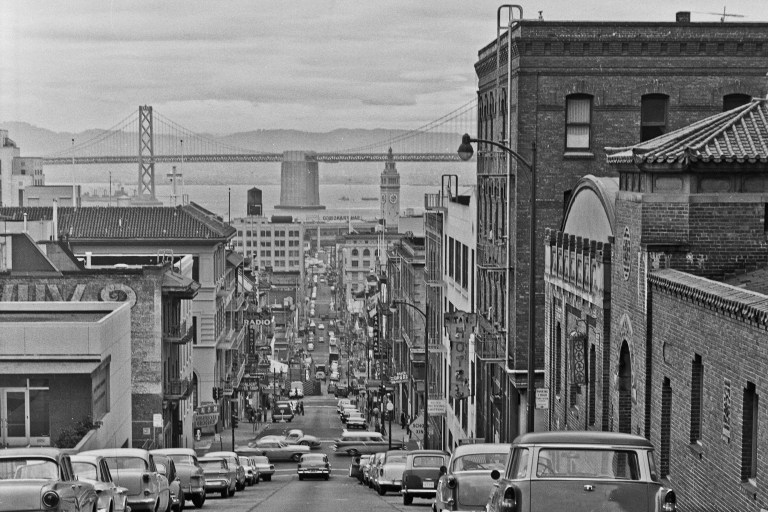Carols are playing on the radio and in stores, homes are decked out with colorful lights and displays, and vehicles can be spotted with green spruces or pines on their roofs — all signifiers that it’s beginning to look a lot like Christmas, as the old Bing Crosby song goes.
Christmas, observed annually on December 25, is one of the most well-known end-of-year holidays, celebrated by billions of people around the globe. Both a religious and cultural celebration, it commemorates the birth of Jesus Christ and is a day of gift-giving. While it may be one of the most popular winter holidays at this time of year, though, it certainly isn’t the only one.
Read on for an overview of several other festivities that take place during winter.
Hanukkah (a.k.a. “The Festival of Lights”)
Dates: From nightfall on Sunday, December 18 to nightfall on Monday, December 26; dates vary from year to year
Why the Dates Change:
Most secular and Christian holidays in the U.S. are based on the Gregorian, or solar, calendar, according to Reader’s Digest, whereas Jewish holidays follow a lunisolar calendar — which tracks the Earth’s orbit around the sun — and factors in moon phases to mark the beginning and end of months. Solar calendars and lunisolar calendars don’t align perfectly; hence, while Hanukkah is always celebrated for eight consecutive days, the dates can change annually.
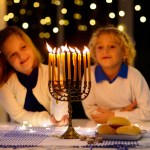
What It Is:
Hanukkah celebrates the rededication of the Second Temple in Jerusalem during the Maccabean Revolt of the second century B.C., when the Jews stood up to their oppressors, the Seleucids. According to the Talmud, during this rededication of the Temple, there was only enough untainted oil on hand to keep the menorah’s candles burning for one day, and yet the flames miraculously continued to burn for eight nights. The menorah holds eight candles — symbolizing the eight days that the Temple menorah burned — that flank the center shamash, considered a “helper” candle of sorts, which is lit first and then used to light the others.
Three Kings Day
Date: January 6
What It Is:
Three Kings Day is celebrated in most Latin American and Caribbean countries. The “three kings” in question are the three wise men who came bearing gifts when visiting baby Jesus. Some of the day’s celebratory customs include leaving grass or hay out for the kings in exchange for a present, per USA Today. In Mexico, a Rosca de Reyes, or large oval-shaped bread festooned with dried fruit, often concealing a plastic baby Jesus figurine inside, is a beloved symbol of the season. To many in the Latinx and Hispanic communities, Three Kings Day is revered as “second Christmas.”
Winter Solstice
Date: December 21 at 4:48 p.m. ET (Northern Hemisphere)
What It Is (And What It Isn’t):
As noted by Almanac.com, there’s a common misconception that the winter solstice spans its full designated day, but in fact, it’s a precise moment on that date when a hemisphere is tilted as far away from the sun as possible. In the Northern Hemisphere, the winter solstice occurs annually on December 21 or 22.
A variety of cultures across the globe have celebrated the solstice as a meaningful and often spiritually significant passage between seasons. Check out History.com’s article about eight ways that various parts of the world have been known to mark the occasion.
Kwanzaa
Dates: December 26-January 1
What It Is:
Kwanzaa was created in 1966 by Dr. Maulana Karenga, professor and chairman of Black Studies at California State University, Long Beach, as a means of creating unity and support for African Americans in the wake of the Watts riots of 1965, History.com explains. Karenga found inspiration in the traditions of various African “first fruit,” or harvest, celebrations.
Kwanzaa is centered on seven essential principles, called the Nguzo Saba. One principle is celebrated on each day of the seven-day celebration, as outlined at Almanac.com. The principles are: unity (umoja), self-determination (kujichagulia), collective work and responsibility (ujima), cooperative economics (ujamaa), purpose (nia), creativity (kuumba), and faith (imani).
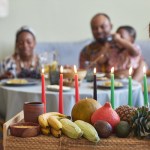
St. Lucia’s Day
Date: December 13
What It Is:
A largely Scandinavian celebration, this day marks the start of the Christmas season in Scandinavia. St. Lucia was a young Christian woman martyred for her faith. According to Britannica.com, she would take “food to persecuted Christians in hiding, wearing candles on her head to light her way so she could have both hands free” after delivering food to persecuted Christians. As described by Vogue Scandinavia, “the day is celebrated with a Lucia train (Luciatåg) procession in which a young girl elected to portray St. Lucia leads the way wearing a white gown, with a red sash and crown of candles. She is trailed by Lucia handmaidens (tärnor), star boys (stjärngossar) and gingerbread men (pepparkaksgubbar) who all carry candles.” December 13 used to mark the Winter Solstice according to the Julian calendar that was still in use when St. Lucia’s Day originated, so it continues to be celebrated on that day.
St. Nicholas Day
Dates: December 5 or 6 (can vary by country)
What It Is:
St. Nicholas Day, also known as feast day, celebrates St. Nicholas — the bishop of Myra in the 4th century who inspired present-day Santa Claus. Over time he came to be known as the patron saint of Russia and Greece, as well as a number of cities, while widely revered as the protector of sailors, children, and an assortment of other groups. Variations of his legacy spread throughout Europe, per Britannica.com. In Holland, for instance, he came to be known as Sinterklaas; he’s said to have arrived there on horseback for his feast day, dressed in a bishop’s red robe and carrying a mitre, accompanied by his compatriot, Black Peter. Together, they are believed to have distributed sweets and presents to good children, or less desirable offerings — like the proverbial lump of coal — to the not-so-good children.

Las Posadas
Dates: December 16-December 24
What It Is:
Las Posadas, a novena (nine days of prayer), is a religious festival celebrated in Mexico and Latin American countries, as well as across parts of the U.S. It symbolizes the journey of Joseph and Mary from Nazareth to Bethlehem, culminating in the birth of the baby Jesus in a stable. The festival often involves a procession through the streets of a town, reenacting the quest of Joseph and Mary for safe shelter. Typically, passages of the Bible are read, carols are sung, and a Mass is held after the procession. Piñatas in the shape of a star, symbolizing the one that guided the three wise men to the baby Jesus, are also popular in the festivities.
Boxing Day
Date: December 26
What It Is:
Celebrated the day after Christmas, Boxing Day is widely observed in Britain, Australia, New Zealand, Canada, and other Commonwealth countries. The holiday originated in Britain, where servants in wealthy households were expected to serve their employers on Christmas Day. However, the servants were allowed to spend time with their families on the following day, according to Almanac.com, and were often sent home with “Christmas boxes” from their employers — filled with presents, holiday bonuses, and leftover food. Inspired by this tradition, because it would have been the cook’s day off back in the day, in modern times those celebrating Boxing Day will often enjoy their leftovers from their Christmas meals the day before. In Ireland, Boxing Day is also known as St. Stephen’s Day.
